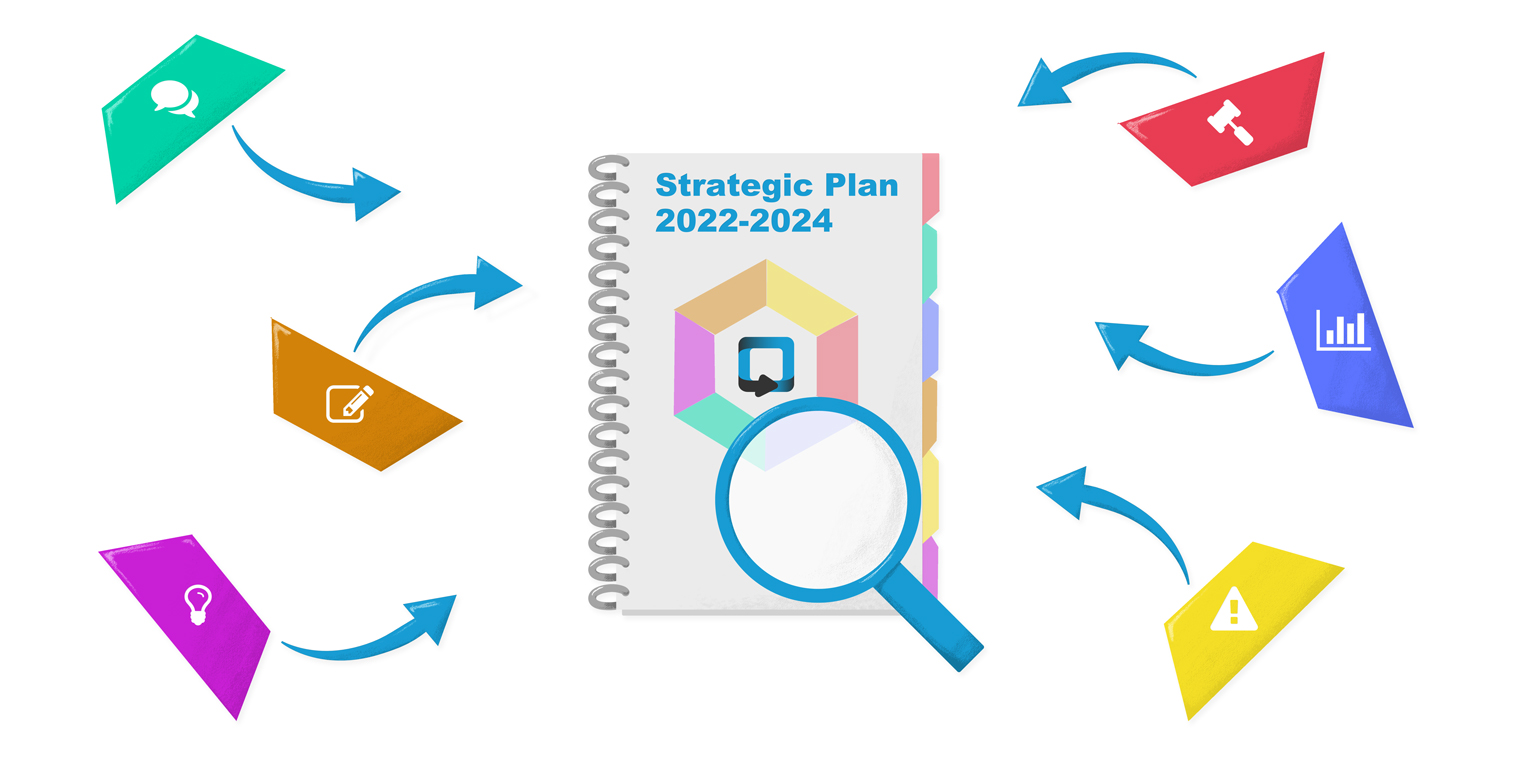Strategic Plan Profile Assessment
At StrategyBlocks, we read, review and model many strategic plans. It is important that we can interpret and understand the plan’s intent quickly. This is the case for other stakeholders with an interest in a business’s strategic direction too. If you are a local government organization, the community has an interest in it; likewise, universities have students and faculty, retailers have customers and suppliers, and listed companies have shareholders etc. Each group may have a strong interest in the organization’s future direction and their progress toward achieving it.
The good and not-so-good
As we absorb these plans, we see examples that are across the spectrum, from the good to the not-so-good. To help us, we have created a strategic plan profile assessment to identify those areas that are lacking and those where perhaps even too much detail has been provided. The profile stems from our 6 Dimensions of Strategy:
The Strategic Intangibles
Intangibles are not easily measured, but still play a vital role in the communication of strategic ambitions:
– Communication | integrates business culture and values and reflects a consistently used set of strategic language that is clear to all stakeholders
– Design | follows a classic approach to top-down planning, from macro to micro
– Innovation | supports ideation and innovation organization-wide
The Strategic Tangibles
Tangibles are easily measured, they sit on top of the intangibles, and they provide us with the ability to monitor performance and achieve success:
– Work output | describes the commitment to deliver decomposing vision and purpose to an appropriate level of strategic detail
– Monitoring outcomes | key metrics that clearly illustrate the linkage between work output and outcome
– Risk assessment | tracking strategic risk to assess the potential threats and challenges
How the Strategic Plan Stacks Up
From those dimensions, we can start to consider how the plan stacks up, and it provides us with a mechanism for comparative analysis. One example is our 2022 Cities and Municipalities Research Report which is an amalgamation of, in our assessment, the best parts of the best plans in the sector – with the output being a best practice industry model. (We will produce more of these industry research reports and profiling is an important aspect.)
What aspects of the plan can be profiled?
Plan availability | Is the plan available in any form (digital or document, interactive or static) through an organization’s website?
Plan structure | does it follow a logical hierarchical format and is it simple to navigate. Does it use a consistent set of terminology?
Plan breadth | Is vision supported by too few, or too many output areas? The plan should not be so narrow as to be restrictive but not so broad that it becomes cumbersome.
Plan depth | Does it provide an appropriate level of depth? There is little to be gained from sharing micro-level tasks and deep intellectual property.
Culture and Values | Does it consider strategic soft systems? Does it include the organization’s values and does the structure reference and integrate those values and beliefs?
Outcome monitoring | Have outputs been included in the plan–those key metrics that communicate success? Have they been linked to their associated planned outputs? Is there a clear separation between leading metrics and lagging metrics?
Assessment of Risk | Does the plan consider the impact and likelihood of internal and external threats? Have they been linked to their associated planned outputs?
Application to Sectors
Following the success of applying the strategic plan profile assessment to US municipalities, we will profile a wide range of strategic plans in our next target sector: the higher education market. Perhaps it would be of interest to our stakeholders to highlight the best plan we can find? Please feel free to comment below. We would be very interested to hear your thoughts and suggestions.




Leave A Comment